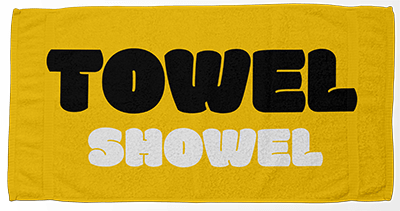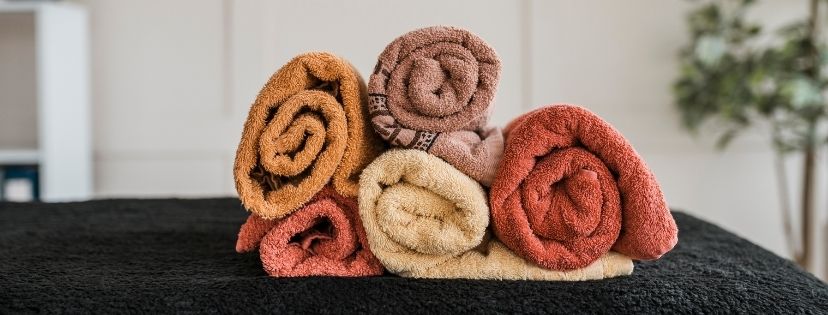Picking the right towel is not like buying a piece of fabric for personal attire, rather it is more delicate and sensitive buying, as it is mainly concerned with our body care or need base. Towels can be categorize under made material, usage or size.
Towels comes in standard sizing, making it easier to shop across brands. In this topic we are categorizing towels as per all possible categories.
Towel Types Based on Material & Construction
Bamboo, very absorbent, hypoallergenic, antibacterial & odor resistant. Resists fading & usually has a posh rich feel. They are like mate or shawl but in larger size and highly recommended for outdoor carry and for some sun bath beach activity.
Micro Fiber, highly absorbent synthetic. Not as soft as cotton but very durable.
100% Cotton Towel. Cotton, the most popular & sought after material which is organic, durable & resists fading. 100% pure cotton is softest & most absorbent. Most plus & luxurious are premium Egyptian, American Ring Spun, Turkish & Pakistani Cotton. Organic cotton is grown without pesticides or fertilizers. A more absorbent & silkier towel made from natural beechwood & cotton.
Velvet Towel. Due to silky, synthetic fibers these towels tends to have heavier composition, more smooth feel and high absorption. Highly recommended and mostly use for fancy hotel, spa & bathing needs.
Jacquard Towel. A thick fabric with raised patterns and textures, woven with blend cotton, polyester, silk & acrylic fibers. Jacquard fabric is mostly use in home textiles like in curtains, bedding & towels. Due to texture work jacquard towels mostly recommended for fancy & guest use.
Embroidered Towel. These types of towels falls under by design category, because embroidery work can be found on velvet, cotton and jacquard towels. Such towels are exclusively use for fancy, luxury hotel, spa & personalized gifts.
Printed Towels. Another by design category is printed towel which can be abstract printed or digital printed. Velvet towels prove suitable for print work on towel, due to their subtle & rigid nature. Digital printing on towels can be made by two ways; first fabric printing & other one is cloth printing.
Waffle Towel. Unique in construction due to inter knit weave structure. Mostly use for bath mate.
Towel Types Based on Usage:
Wash Cloth, 12 to 14 inch square, also known as facecloth or handkerchief; used to clean face or hand.
Fingertip Towel, 11 to 18 inches, used to dry hands; often decorative & great for guest baths.
Hand Towel, 15 to 20 inches. Hand drying staple, usually a basic found in every bath.
Kitchen Towel, 20-22 to 38-40 inches. Quick drying and easy to hang & carry.
Bath Towel. 25-28 inches by 50-60 inches large sizes. Ideal size for drying body & hair after bath or shower.
Bath Sheet. 35-40 inches to 60-70 inches extra large size. More luxurious than a bath towel, also used as a coverup.
Tub Mat. 27 to 52 inches. Part of bathroom decor. Protects floor after bath or shower.
Dining or Tea Towels Normally of 12*18 inches sizes. Use for dine in or dinning requirements. Easy carry & in between medium & small size. Use for quick food cleaning.
Towels Guide:
Towel Construction. Fluffy or dense loops or twists are softer & more absorbent. Well made towels have folded & stitched edges that prevent fraying & increase durability. Combed cotton has longer fibers; which is soft, durable & has less pilling. Another misconception about towel quality is lint. Lint is not a bad thing on towel. Rather it is an indication of natural cotton. Another thing indicates quality towel is stitching and twill finish around borders & corners. Quality towels are well folded stitched around corners.
Towel Weights: Density is measured in grams per square meter (GSM). 300-400 GSM; light, thin & fast drying. 400-600 GSM; medium weight & ideal for everyday use. 600-900 GSM; heavier, more luxurious & perfect for spa like experience.
Care Tips. Hang towels to dry & launder after three uses to prevent odor, mold & mildew. Liquid fabric softeners leave a film, use dryer sheets instead. Replace regularly used towels every two to three years.


Recent Comments